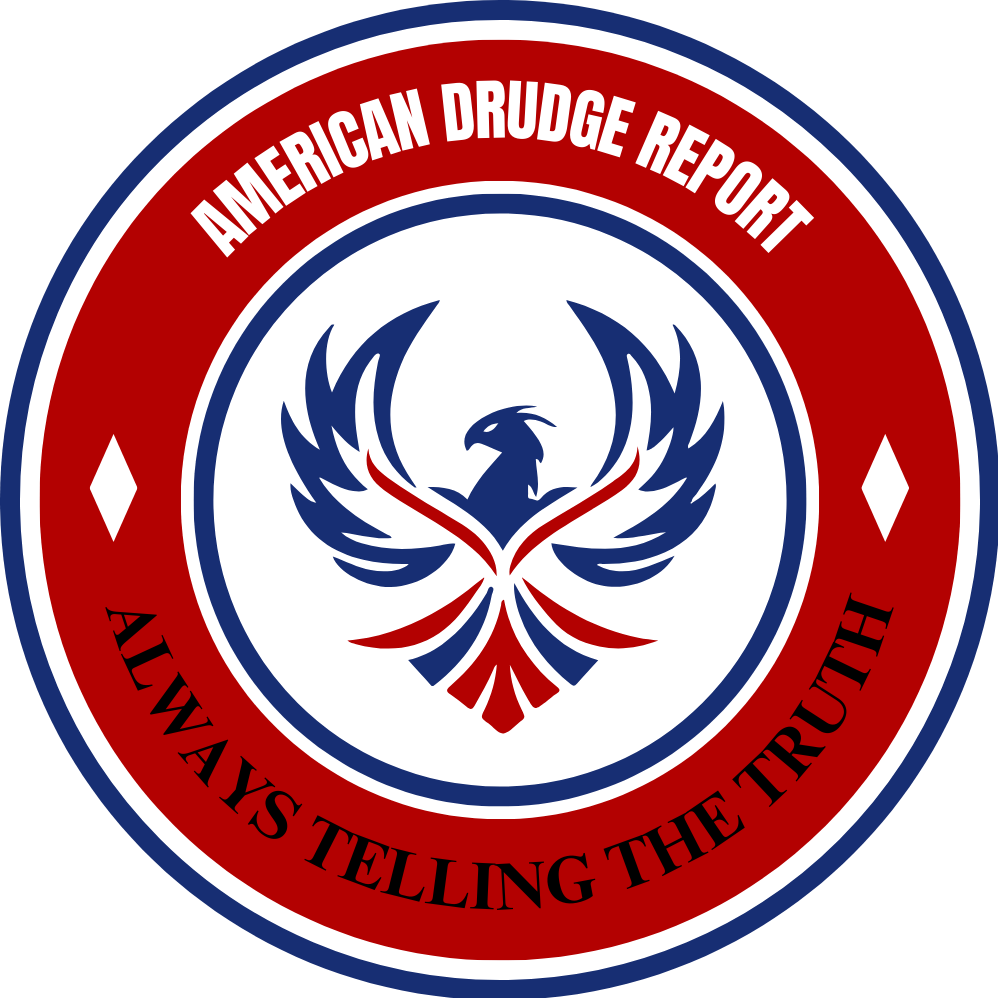Pope Francis passed away on Monday, prompting questions about how the next pope will be chosen. The process for selecting the Bishop of Rome is steeped in tradition and secrecy. Following the pope’s death, the Catholic Church enters a period known as sede vacante, which means "the seat being vacant."
During this time, the Church will observe nine days of mourning. This includes lowering Vatican flags to half-staff and closing the bronze doors of St. Peter’s Basilica. The cardinals will meet to decide on the date for Pope Francis’s funeral, which typically occurs four to six days after a pope’s death.
In a departure from tradition, Pope Francis had requested a simpler burial. He chose to be laid to rest at Rome’s Basilica of St. Mary Major instead of the usual crypt beneath St. Peter’s Basilica. He will be interred in a plain wooden casket, reflecting his desire for minimal ceremony.
After the funeral, the College of Cardinals will gather in Rome to elect a new pope. Currently, there are 138 eligible cardinals who will participate in this process. The election occurs in a conclave, a secret gathering held in the Sistine Chapel. The cardinals will be locked inside until they reach a decision. Voting can happen up to four times a day, and a two-thirds majority is needed to elect the new pope.
After each round of voting, the ballots are burned. If no decision is reached, black smoke is released. If a new pope is chosen, white smoke signals this to the world, drawing the attention of millions of Catholics and onlookers.
Historically, the selection of a pope has often been influenced by political and regional factors. Pope Francis, born Jorge Mario Bergoglio, was the first pope from Latin America and the first from the Western Hemisphere in over 1,200 years. He also holds the distinction of being the first Jesuit pope. His tenure has seen him address various social issues, including immigration, which has garnered both support and criticism.
While any baptized male Catholic can technically become pope, the reality is that only cardinals are typically considered for the role. The election of a new pope is significant not just for the Catholic Church, which has 1.4 billion members worldwide, but also for the direction it will take in the future.

